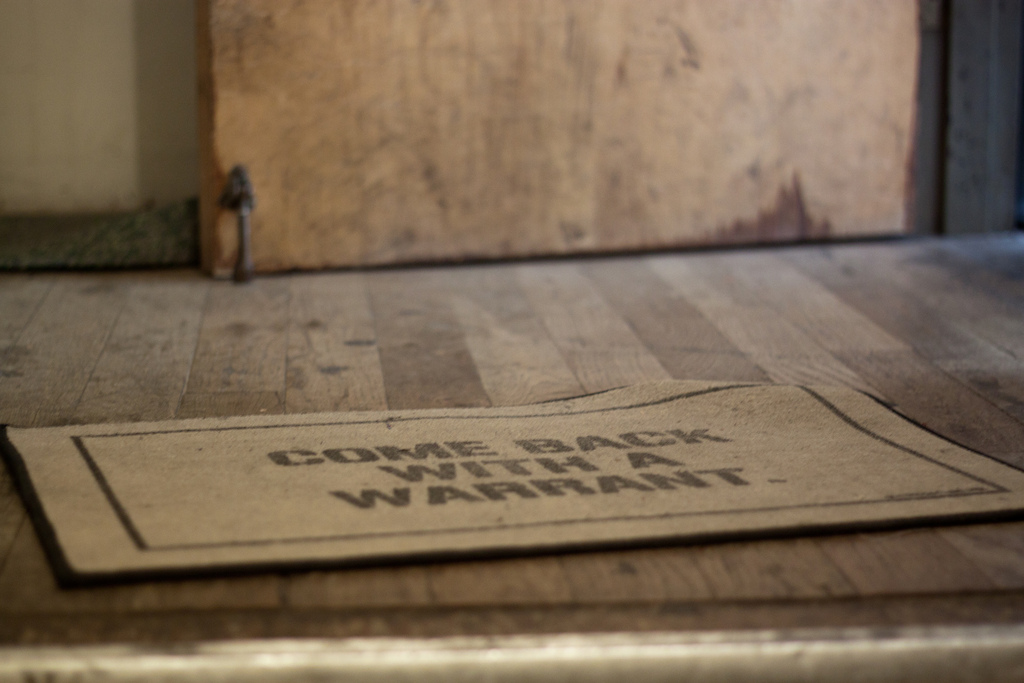Among the government’s primary justifications for its lawful access/online surveillance bill (Bill C-30) is that since Internet providers have not been required to disclose subscriber information during an investigation, their assistance is inconsistent. For example, the Public Safety backgrounder on the bill states: Basic subscriber information is often required at […]

Come back with a warrant by Rosalyn Davis (CC BY-NC-SA 2.0) https://flic.kr/p/aoPzWb
Lawful Access
Who Pays for Online Surveillance?: Police Recommended “Public Safety” Tax on Internet Bills
One of the major unanswered questions about Bill C-30, the lawful access/online surveillance bill, is who will pay for the costs associated with responding to law enforcement demands for subscriber information (“look ups”) and installation of surveillance equipment (“hook ups”). Christopher Parsons has an excellent post that takes a shot […]
Strong Majority in BC Oppose Lawful Access
The Globe reports on a new BC poll that finds that a strong majority of provincial residents oppose Bill C-30. The report indicates 73% oppose the online surveillance bill and 55% strongly oppose it.
Catching Up on Lawful Access Columns
With so much focus this week on Bill C-11 and ACTA, I’ve neglected to post two recent columns on lawful access. The first piece (Ottawa Citizen version, homepage version) focuses on the potential for compromise in the legislation, with particular attention to the issue of maintaining court oversight for subscriber […]
Lawful Access Sends Signal Canada Is Open for Big Brother Inc. Business
Appeared in the Toronto Star on February 26, 2012 as Bill C-30 Open Canada to Big Brother Inc. Business Privacy International, one of the world’s leading privacy organizations, last year released the results of a multi-year investigation into the shadowy world of the commercial surveillance industry. Dubbed “Big Brother Inc.â€, […]






